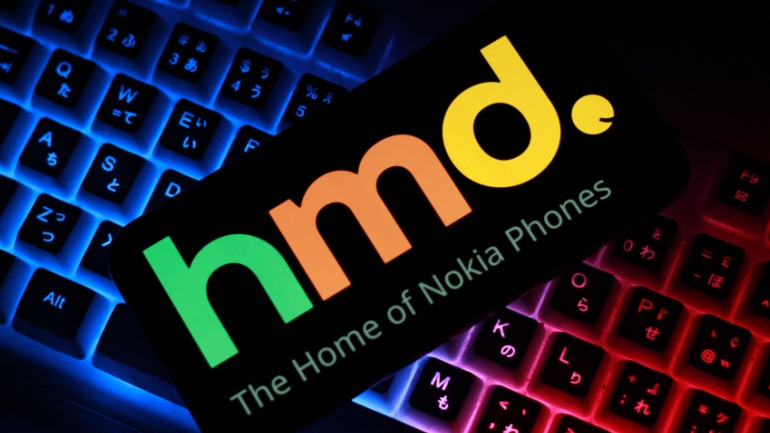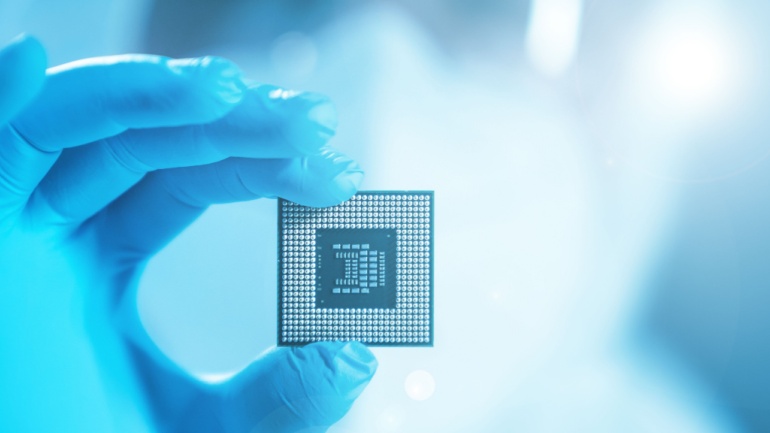Motorola and Google Cloud have announced a new multi-year partnership to integrate generative AI technology into Motorola phones, starting with the latest series of razr smartphones. The flagship models, including the motorola razr+/motorola razr 50 ultra, will feature Moto ai technology, which leverages Google Cloud’s Vertex AI, Gemini, and Imagen models. This technology aims to enhance the user experience by offering task completion, relevant suggestions, reminders, information summarization, and more.
A new Japanese law aims to foster competition in the smartphone app market by allowing third-party app stores and billing providers to operate on Apple iOS and Google Android platforms. This legislation, known as the Act on Promotion of Competition for Specified Smartphone Software, was announced by Japan’s Fair Trade Commission (FTC).
Samsung played a pivotal role in the German smartphone market’s recovery during the first quarter of 2024, ending a prolonged period of decline. According to Counterpoint Research’s Q1 2024 Market Monitor Shipment Tracker, smartphone shipments in Germany increased by 13% year-over-year.
After more than two years of declines, the European smartphone market has started to show signs of recovery, with a 10% year-on-year increase in shipments during the first quarter of 2024, according to Counterpoint Research. However, analysts are cautious about predicting a significant long-term upswing.
Recent data reveals a promising resurgence in the global smartphone market, with Samsung and mass-market mobile phone brands spearheading the rebound while Apple faces challenges in keeping pace. According to Canalys, smartphone sales worldwide reached 296.2 million units in the first quarter of the year, marking a notable 10% increase compared to the previous year. This growth signifies the market’s first positive double-digit year-on-year figure since early 2021, reflecting better-than-expected performance.
HMD, the company behind Nokia phones, has unveiled its inaugural lineup of self-branded smartphones known as the Pulse series. This move marks a significant departure for HMD, which initially gained traction by leveraging the trusted Nokia name for its handset operations.
According to Counterpoint’s Market Pulse Service, China’s overall smartphone sales saw a modest 1.5% year-on-year growth in Q1 2024, marking a second consecutive quarter of positive growth. Notably, Huawei experienced a remarkable 69.7% year-on-year increase in market share, solidifying its position in the market. This growth was attributed to Huawei’s successful launch of the 5G-capable Mate 60 series and its enduring brand reputation, particularly in the premium segment priced above $600. In contrast, Apple witnessed a 19.1% year-on-year decline in market share during the same period, partly due to Huawei’s gains in this segment.
The smartphone industry is gearing up for a seismic shift as generative Artificial Intelligence (GenAI) capabilities become mainstream. According to the latest forecast from Counterpoint Research, the global shipment of GenAI-capable smartphones is expected to grow at an impressive compound annual growth rate (CAGR) of 65% between 2024 and 2027.
Global smartphone shipments saw a notable 7.8% year-over-year increase in the first quarter of 2024, according to data from IDC’s Worldwide Quarterly Mobile Phone Tracker. The total shipments for the quarter reached 89.4 million units, marking the third consecutive quarter of growth and indicating a solid recovery in the smartphone market.
In a recent unveiling, Qualcomm announced the introduction of the Snapdragon 8s Gen 3 chipset, poised to revolutionize a range of smartphones from brands such as Honor, iQOO, realme, Redmi, and Xiaomi in the upcoming months. This cutting-edge chip is designed to democratize premium features for a broader audience, previously exclusive to high-end models, by incorporating select advanced capabilities directly from its flagship Snapdragon 8 Gen 3 series.













